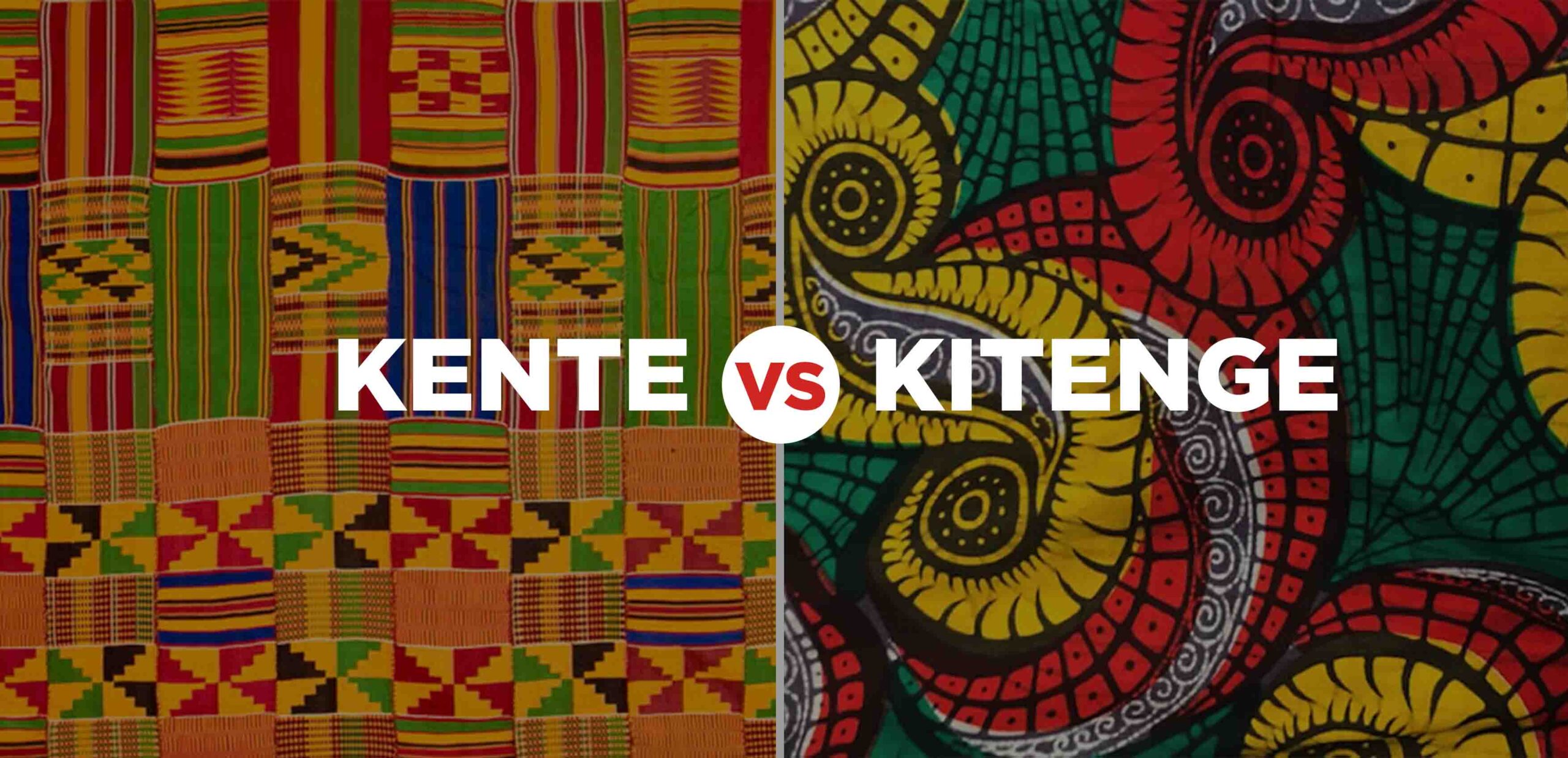© Hinkro Kente 2025. All right reserved. Terms and Privacy.
Built and managed by Nusite IT Consulting Limited
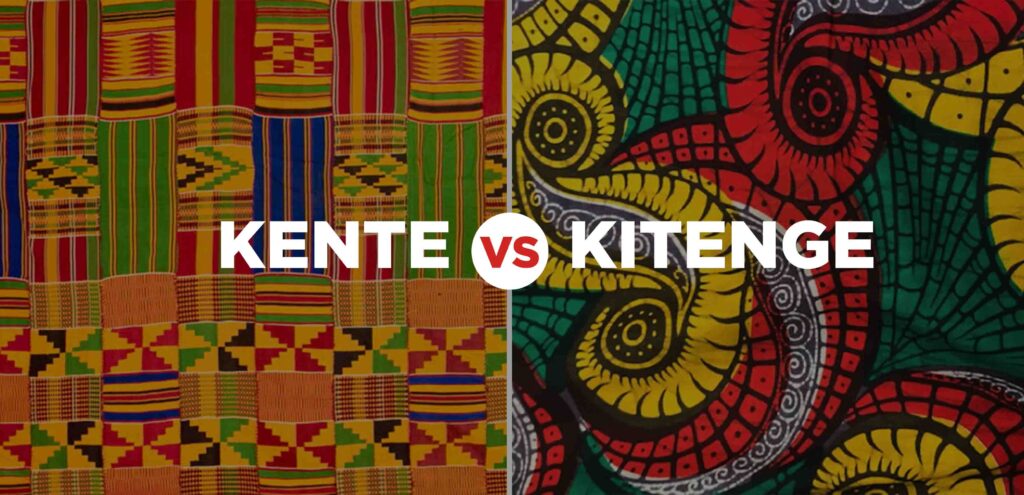
Africa’s textile traditions are as diverse and vibrant as the continent itself. Among the most iconic are Kente and Kitenge fabrics, each with its unique history, production techniques, cultural significance, and regional prominence. While they may share the common thread of African artistry, their distinctions are profound and worth exploring.
1. Origin and Historical Roots
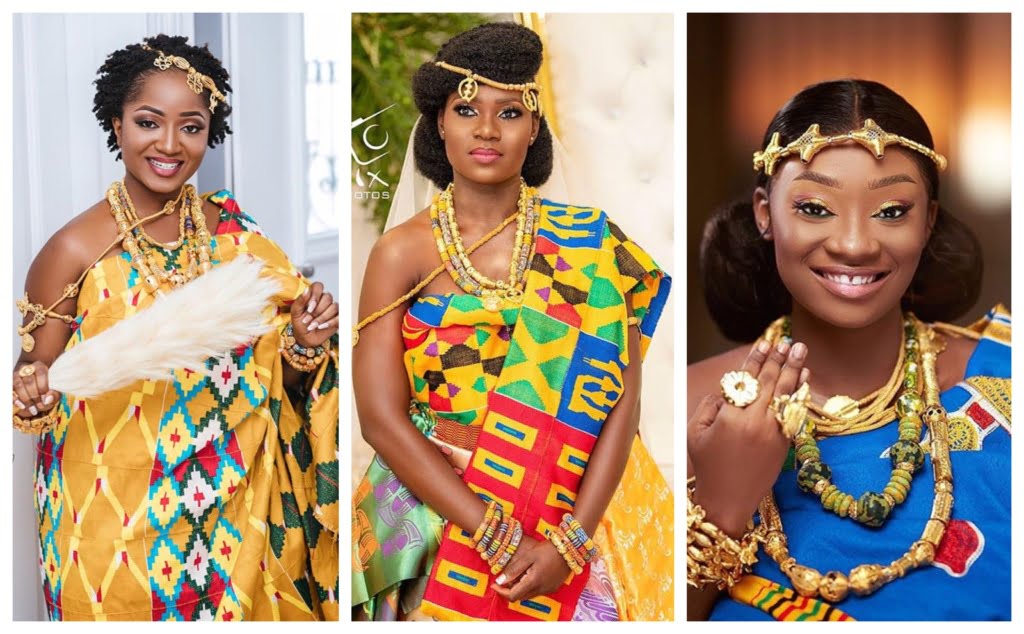
- Kente: Originating from the Ashanti Kingdom in Ghana, Kente’s history dates back over 375 years. Legend speaks of two brothers from Bonwire village who, inspired by a spider’s intricate web, wove the first Kente cloth using black and white fibers from the raffia tree.

- Kitenge: Kitenge, also known as chitenge, has its roots in East and Central Africa. It evolved from the introduction of batik techniques by Indonesian traders and has since become a staple in countries like Kenya, Tanzania, Uganda, and the Democratic Republic of Congo.
2. Geographical Significance
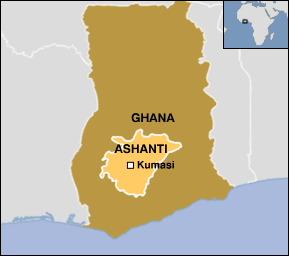
- Kente: Predominantly associated with Ghana, especially the Ashanti region, Kente is deeply embedded in the country’s cultural identity. Towns like Bonwire, Sakora Wonoo, and Adanwomase are renowned for their Kente weaving expertise.
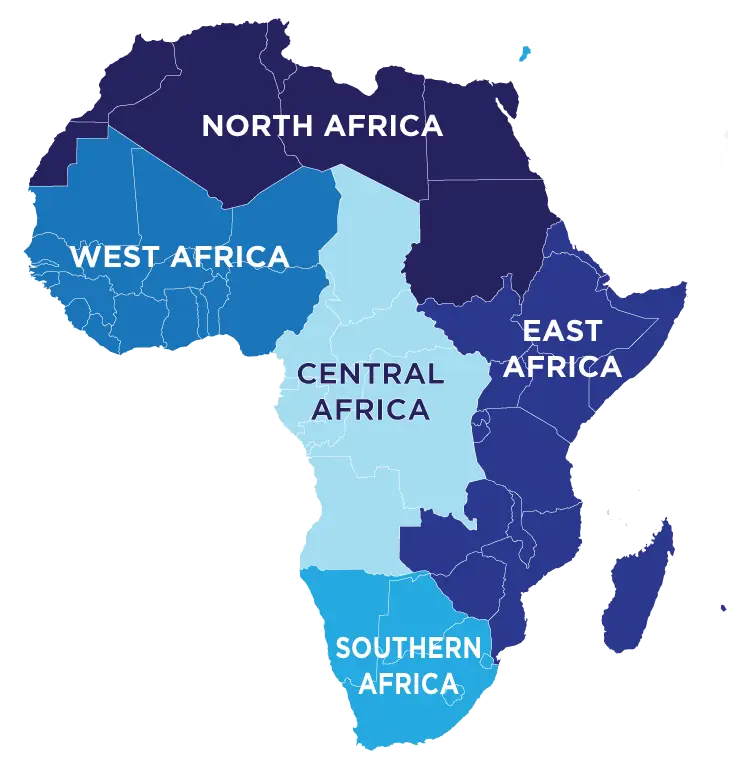
- Kitenge: Kitenge’s popularity spans across East, Central, and parts of West Africa. It’s widely worn in countries such as Kenya, Tanzania, Uganda, Malawi, and Zambia, each adding its regional flair to the fabric’s designs.
3. Production Techniques
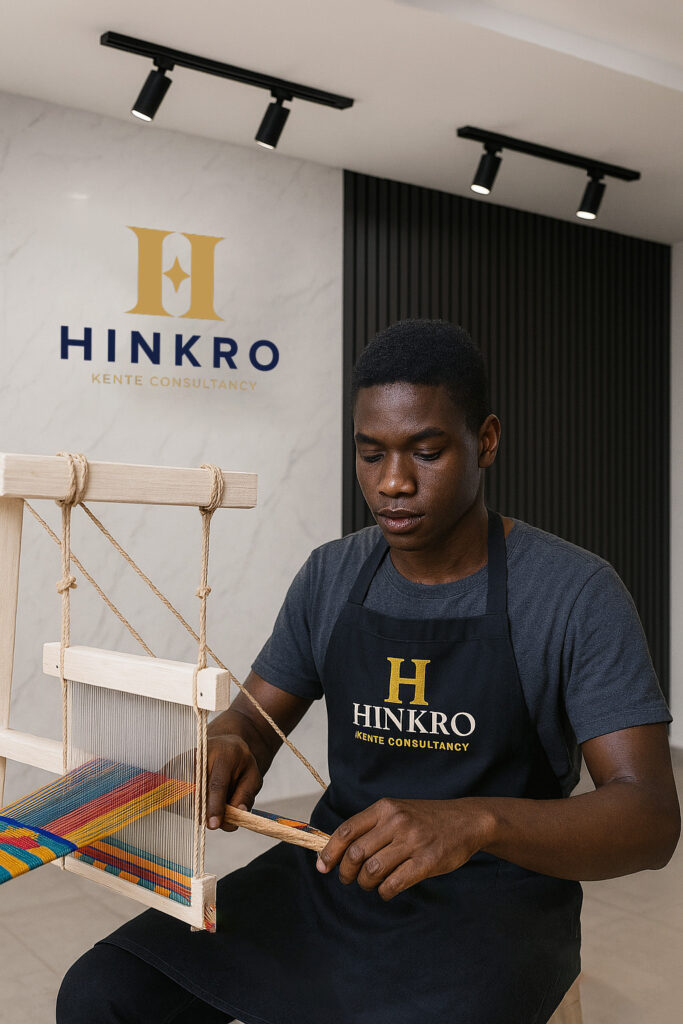
- Kente: Crafted on traditional wooden looms, Kente is handwoven in narrow strips, typically 4 inches wide, which are then sewn together. The weaving process is intricate, requiring years of apprenticeship to master the symbolic patterns and color combinations.
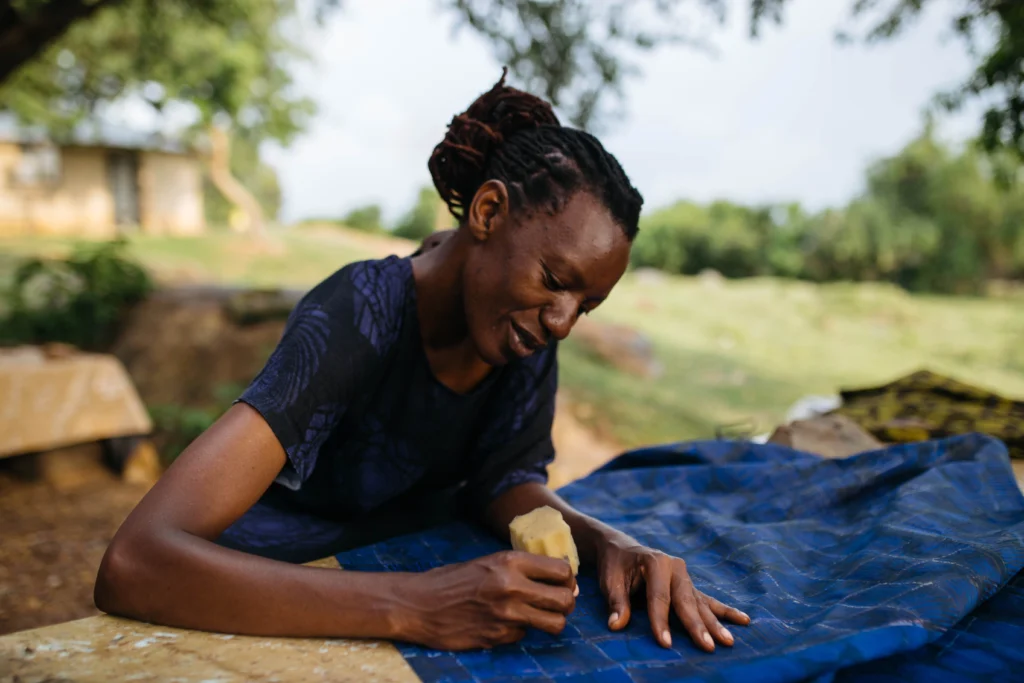
- Kitenge: Kitenge is produced using an industrialized version of the batik technique, resulting in vibrant wax prints. These designs are roller-printed onto cotton fabric, making the process faster and more scalable than traditional handweaving.
4. Material Composition
- Kente: Originally woven from silk, modern Kente incorporates cotton, rayon, and silk blends, depending on the desired quality and affordability.
- Kitenge: Primarily made from 100% cotton, Kitenge fabrics are known for their durability and comfort, suitable for everyday wear.
5. Cultural Significance

- Kente: Once reserved for royalty and sacred ceremonies, Kente is a symbol of prestige, tradition, and identity in Ghana. Each pattern and color combination conveys specific meanings, reflecting proverbs, historical events, and moral values.
- Kitenge: Kitenge serves as a canvas for personal expression and social commentary. In some regions, the fabric features Swahili sayings or political slogans, making it a medium for communication and cultural storytelling.
6. Usage and Occasions
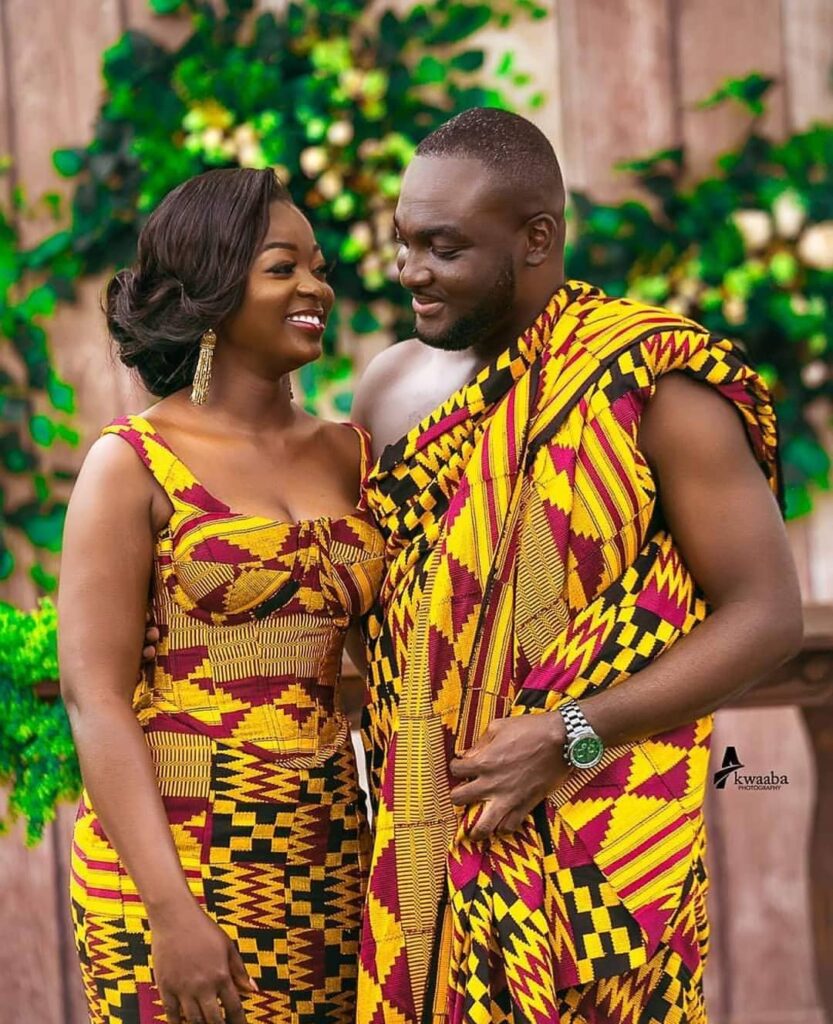
- Kente: Predominantly worn during significant events such as weddings, graduations, and funerals, Kente is a ceremonial attire that denotes respect and celebration.
- Kitenge: Versatile in its use, Kitenge is worn daily and during special occasions. It’s fashioned into dresses, skirts, headscarves, and even used as baby carriers or decorative items.
7. Design and Patterns
- Kente: Characterized by its geometric patterns and vibrant colors, each Kente design has a name and meaning, often linked to historical events or philosophical concepts.
- Kitenge: Features bold, colorful patterns that are more abstract and less symbolic than Kente. The designs are often influenced by current trends, making Kitenge a dynamic and evolving fashion statement.
8. Gender Roles in Production
- Kente: Traditionally, Kente weaving is a male-dominated craft, with skills passed down through generations of men.
- Kitenge: The production of Kitenge is industrial, involving both men and women in various stages, from design to printing and tailoring.
9. Economic Impact
- Kente: As a high-value textile, Kente contributes significantly to Ghana’s economy, supporting local artisans and attracting cultural tourism.
- Kitenge: Its mass production and widespread use make Kitenge a vital part of the textile industry in several African countries, providing employment and supporting local economies.
10. Global Influence
- Kente: Recognized globally as a symbol of African heritage, Kente patterns have been incorporated into international fashion, academic regalia, and art.
- Kitenge: Kitenge’s vibrant designs have gained international appeal, influencing global fashion trends and being embraced by designers worldwide.
Conclusion
While both Kente and Kitenge fabrics are integral to Africa’s rich textile heritage, they each tell distinct stories through their origins, production methods, and cultural significance. Kente stands as a testament to Ghana’s royal history and intricate craftsmanship, whereas Kitenge reflects the dynamic and expressive spirit of East and Central Africa.
For those seeking authentic, bespoke Kente creations that honor tradition while embracing contemporary elegance, Hinkro Kente is your premier destination. Renowned across Africa for their masterful weaving and personalized designs, Hinkro Kente ensures that every piece is a celebration of culture, artistry, and individuality.

